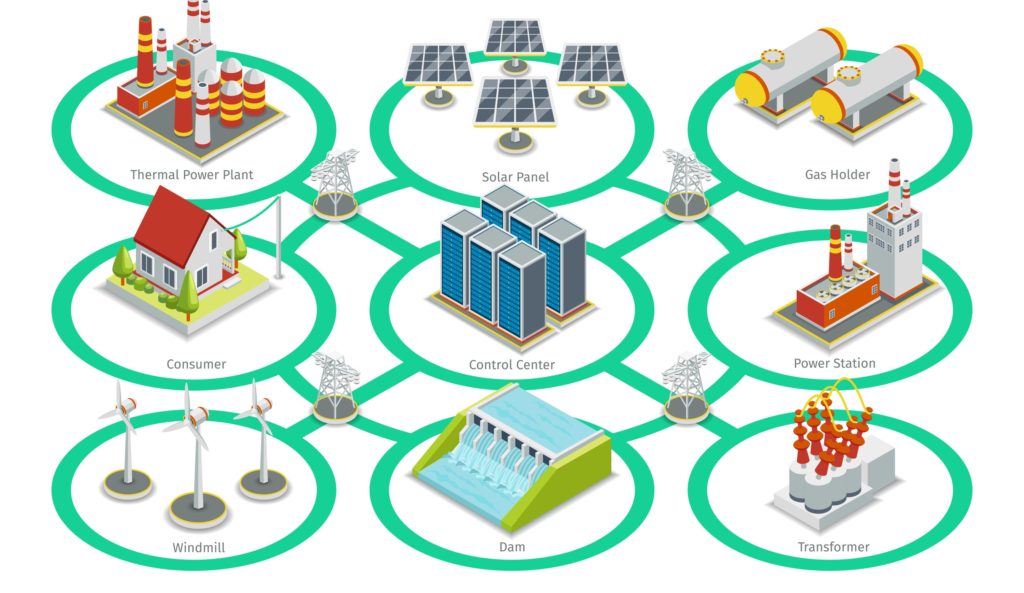
In 2016, the United States Department of Energy proposed an investment of $3.5 billion over the following decade to modernize our electric grid. Smart grid technology promises to better align energy consumers and suppliers through the use of two-way digital communication.
Researchers are now experimenting with smart grid technologies to overcome the shortcomings of the traditional grid, which is based on a one-way, utilities-to-consumer system, and grow into a national interconnected system, accommodating massive transfers of electrical energy among regions of the United States.
Grid modernization–bringing our utilities into the 21st century–is a gradual process, though. With the deployment of smart technologies and program approval, customers will be able to take advantage of real-time pricing programs to reduce cost and energy demand. These programs will enable the average household to enjoy nearly $600 in direct bill savings. They’re dependent on smart grid sensors, controls and metering technologies.
The benefits of updating the way our utilities work numerous, including:
- More Reliable Service: Using computerized controls in your home and appliances that are set up to respond to signals from your energy provider, energy use is minimized at times when the power grid is under stress from high demand, or even shifted to times when power is available at a lower cost. As a result, the frequency and duration of power outages is greatly reduced, storm impacts decreased, and when outages do occur, service restored faster.
- Electric Vehicles (EV): Transportation is one area with the potential for increased electricity consumption. Some utilities are considering whether EVs will be a longer-term means for addressing increasing electricity demand and provide opportunities for vehicle-to-grid energy storage and related services.
- Climate Change: A smart grid can help reduce greenhouse gas emissions by up to 211 million metric tons and is much more reliable than a traditional grid.
Get Your Organization Going on Grid Modernization
The cumulative smart grid technology market is expected to surpass the $400 billion mark by 2020. Make sure you and your team are up to speed with Grid Modernization in the 21st Century, a four-course program coming soon from IEEE.
Resources
The Future of Smart Grid Technologies. University of California, Riverside.
Grid Modernization and the Smart Grid. The Office of Electricity.
What is the Smart Grid? SmartGrid.gov.
Campbell, Richard J. (10 Apr 2018). The Smart Grid: Status and Outlook. Congressional Research Service.
McCloskey, Leo. (1 May 2011). What Makes a Grid Smart? Electric Light & Power.


Good idea
A futuro, El sistema eléctrico estará interconectado a nivel mundial, y se prioriza el consumo en centrales de energía eléctrica con tarifas económicas, menos emisión de CO2, menos contaminación al medio ambiente como hidroeléctricas, solares, eólicas …